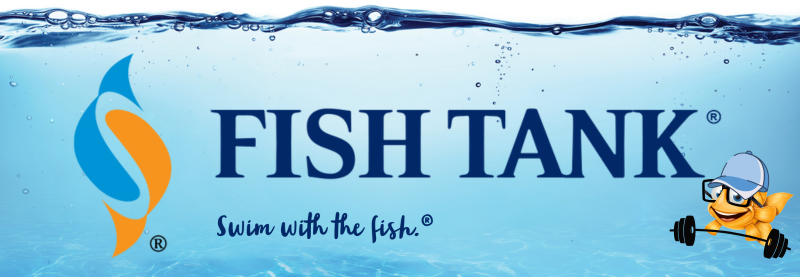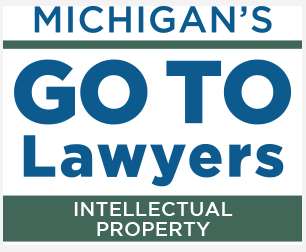Intellectual Property Insights from Fishman Stewart PLLC
Newsletter – Volume 24, Issue 13
Share on Social

Change The World Through Innovation
By Anthony Gartrelle
First-time inventions have led inventors to great successes throughout history, sometimes immediately, sometimes after several more attempts at more useful inventions. In the U.S., two very famous inventors with contrasting first-time experiences are Thomas Edison and Alexander Graham Bell.
Known as one of the greatest inventors of all time, Edison was granted more than 1,000 patents, however, he had to start somewhere. Thomas Edison’s first patent, U.S. Patent No. 90,646, was for improvements in electrographic vote-recorders, issued on June 1, 1869. This first application was not successful, not because it wasn’t new or innovative, but because politicians did not want to move to an electronic voting system in the 19th century.
While we continue to spread electronic voting machines today, 150 years later, Edison moved on to more useful inventions, including his claim to fame still today: the first commercially available incandescent lightbulb. Edison was issued the incandescent lamp, U.S. Patent No. 223,898, on January 27, 1880. The Edison Illuminating Company soon followed on December 17, 1880.
Alexander Graham Bell’s first foray into patented inventions was much more successful. Bell’s U.S. Patent No. 174,465, issued on March 7, 1876, for the telephone. This invention led Bell to start the Bell Telephone Company in 1877.
While Bell had only around 30 U.S. patents, his ideas changed the world and led Bell to many successes. Both Edison and Bell left lasting legacies that continue to inspire modern minds through their inventions.
Edison and Bell both became quite famous despite different first-time patenting experiences. These great inventors had to start somewhere.
The next Edison or Bell may be filing right now through incentive programs offered by the USPTO. The USPTO addresses current and future problems by offering “Pilot Programs” for patent applications. These programs provide benefits by streamlining the patenting process for certain applications which meet predetermined requirements, e.g., advances in a specific technology such as climate change and semiconductor chips.
The USPTO currently is running a “First-Time Filer Expedited Examination Pilot Program” to promote innovation for first-time inventors. The Program began on March 9, 2023, and runs until either March 11, 2025, or when 1,000 petitions by first time filers to expedite examination are granted.
Qualified applications must name a first-time inventor, qualify for the micro entity status per the USPTO Fee Schedule, among other requirements. There have been 196 granted petitions under this Pilot Program as of June 4, 2024.
A lot has changed since the issuance of Edison and Bell’s first inventions, the USPTO issued patent no. 12 million this week, on June 4. But the importance of inventors getting started is as important today as in Edison’s and Bell’s day.
You could have instant success like Bell, or a widely ignored first application like Edison and still be a successful inventor if you pursue your inventions. Share your great ideas with the world and take advantage of the first-time filer program before it ends!
Anthony M. Gartrelle is an associate at Fishman Stewart, PLLC. Anthony possesses a Bachelor of Science in Electrical Engineering from Kettering University and has experienced a wide range of technological fields while working for various Intellectual Property law firms as well as a Patent Examiner at the United States Patent and Trademark Office (USPTO).

Related Content from Fishman Stewart
In our previous FishTank article “The Great Beige-Off: Influencer Sues for ‘Vibe’ Infringement,” we reported on Sydney Nicole Gifford’s lawsuit against fellow influencer Alyssa Sheil over allegations of copyright infringement involving neutral-toned social media content.
People have long pondered whether or not the Giza pyramids were indeed solely burial chambers, which was the only known, and archaeologically determined, use—until now.
As the story goes, Klein was so taken with the indescribable blue of the sky over the Mediterranean in Nice, France, that he dedicated his artistic talent developing a blue that would imbue the canvas with this color in its purest form.
Despite her pseudo-legal background in Suits, Meghan has been running into one issue after another in her efforts to register the trademark and logo for her new lifestyle company, for now, called “AS EVER”.
By 1930, efforts began in New York to replace Mother's Day with Parent's Day because men were more than just breadwinners. Those efforts didn't catch on, probably because in that era, women often spent more time in the home.
In February, Nike and Skims announced that they will be working together on a new brand, NikeSkims. The co-brand will create a new line of training apparel, footwear, and accessories specifically designed to meet the unique needs of women athletes.
Generally, federal courts have exclusive jurisdiction over copyright cases, and often, this presents an insurmountable paywall for individual artists and small businesses to vindicate their rights, especially where the value of the individual copyrighted works are relatively low.
Dedicated to raising public awareness about the importance of encouraging innovation and creativity throughout the world, the World Intellectual Property Organization (WIPO) annually observes World Intellectual Property Day on April 26 to showcase the role that patents, trademarks, industrial designs, copyrights and trade secrets play in our everyday lives.
Hold onto your foam fingers, sports fans – college sports just got a whole lot more interesting! The latest updates to Name, Image, and Likeness (NIL) rules are making student-athletes bigger than ever, and it’s not just about the game anymore.
Did a federal court in Louisiana recently decide that US copyrights are global rights? It seems so.
IDENTIFYING, SECURING AND ADVANCING CREATIVITY®
















